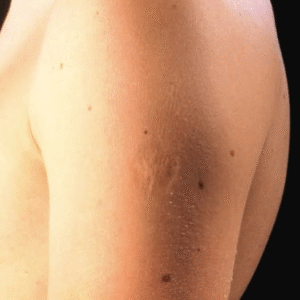
Before Technology Took Over
Long before machines spun single socks into mysterious oblivion, people got creative. They built simple tools to tackle tough household chores. One of the most iconic? The wooden clothespin.
Originally, this wooden peg evolved into a two-piece pin that gripped items tightly on a line. This clever upgrade solved a major problem: stopping socks and garments from blowing away — once called “a serious evil to washerwomen.”
Keep reading to explore the fascinating story behind this wooden tool!
A Social Media Discovery
Recently, someone posted on social media asking about odd wooden dowels with two legs. The online post drew nostalgic boomers who quickly answered:
“These are old-school clothespins! We used them to hang wet clothes outside to dry in the sun and fresh air.”
What Is a Wooden Clothespin?
A wooden clothespin, or clothes peg, is a simple but effective household tool. It secures wet laundry to a clothesline so it can dry naturally.
Modern pins usually have two wooden arms, hinged at one end with a spring. This design creates enough tension to firmly grip the fabric without damage.
Ancient Beginnings
Interestingly, the clothespin’s roots go back to ancient times. Early versions were handmade from wood, bone, or even stone — often carved with decorative patterns.
A Major 19th-Century Improvement
Fast forward to 1853, when David M. Smith of Vermont patented the modern clothespin. His design featured two longer legs connected by a wire hinge. When pressed together, they clamped tightly onto garments.
In his patent, Smith proudly wrote that his invention fixed the biggest problem of old pins: they couldn’t be blown off by the wind — a “serious evil” for washerwomen.
Industrial Boom and Lasting Popularity
As industrialization grew, factories began mass-producing clothespins. This lowered costs and made the pins available to more households. Throughout the 20th century, wooden clothespins became a laundry room staple, even as plastic versions appeared.
Still Cherished Today
Today, wooden clothespins are used not just for laundry but also for crafts. People value them for their nostalgic charm and eco-friendly qualities.
Although plastic pins dominate in some places, wooden clothespins remain a beloved symbol of traditional, sustainable living.
Final Thought
So, what’s worse: losing socks to the wind or to a dryer?
We’d love to hear your opinion! Share this story with friends and let’s see what they think too!





